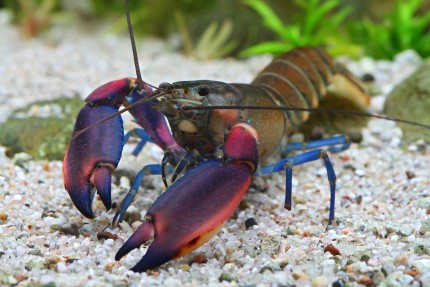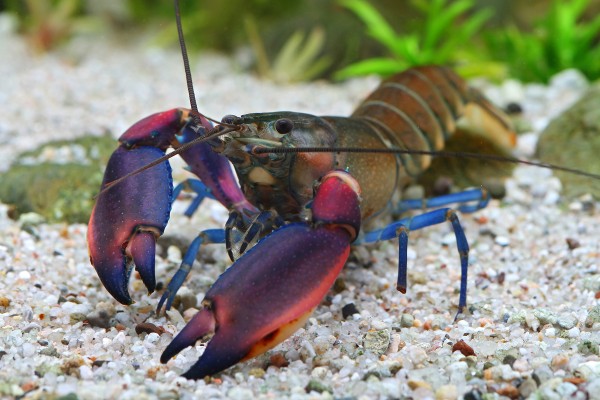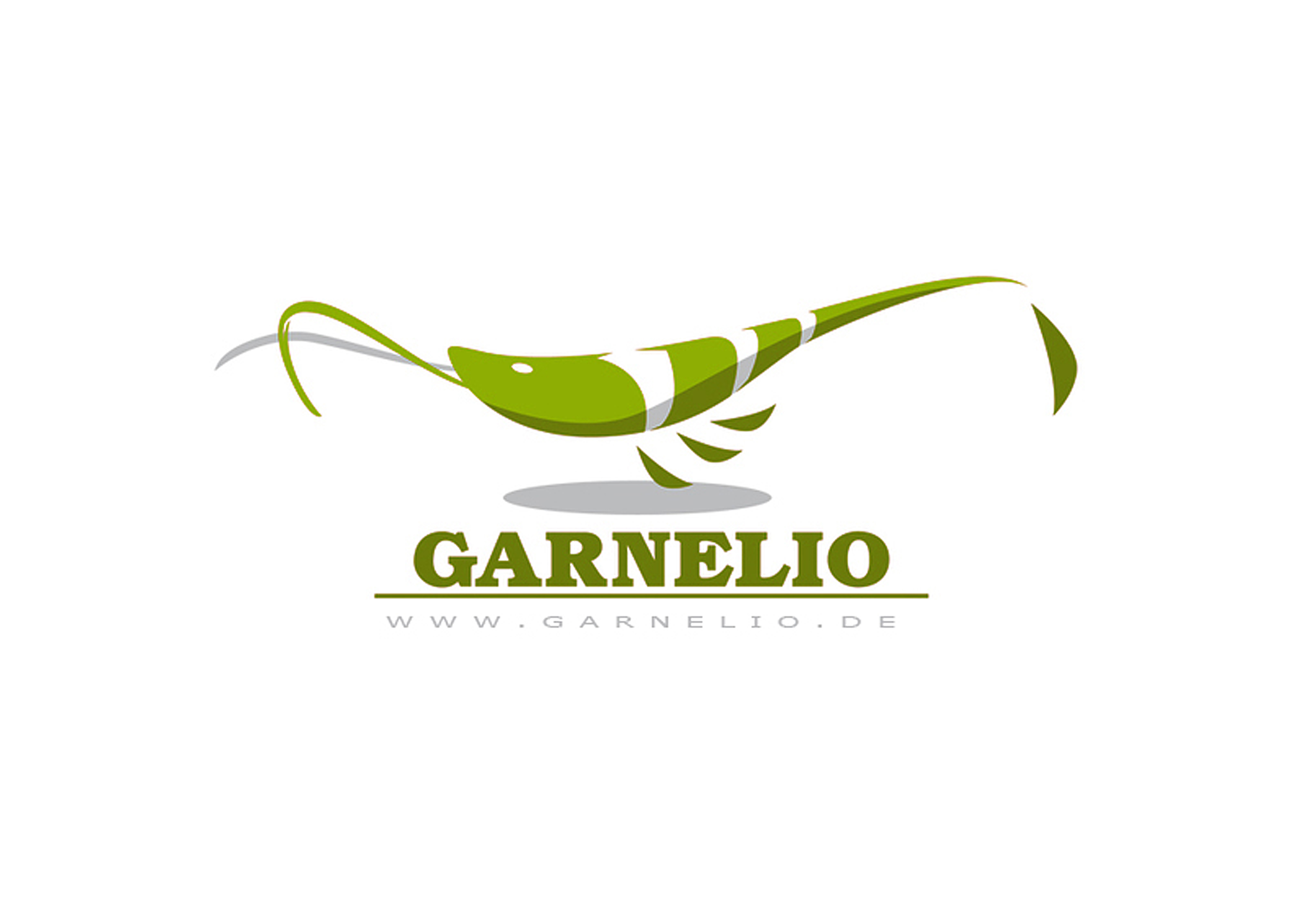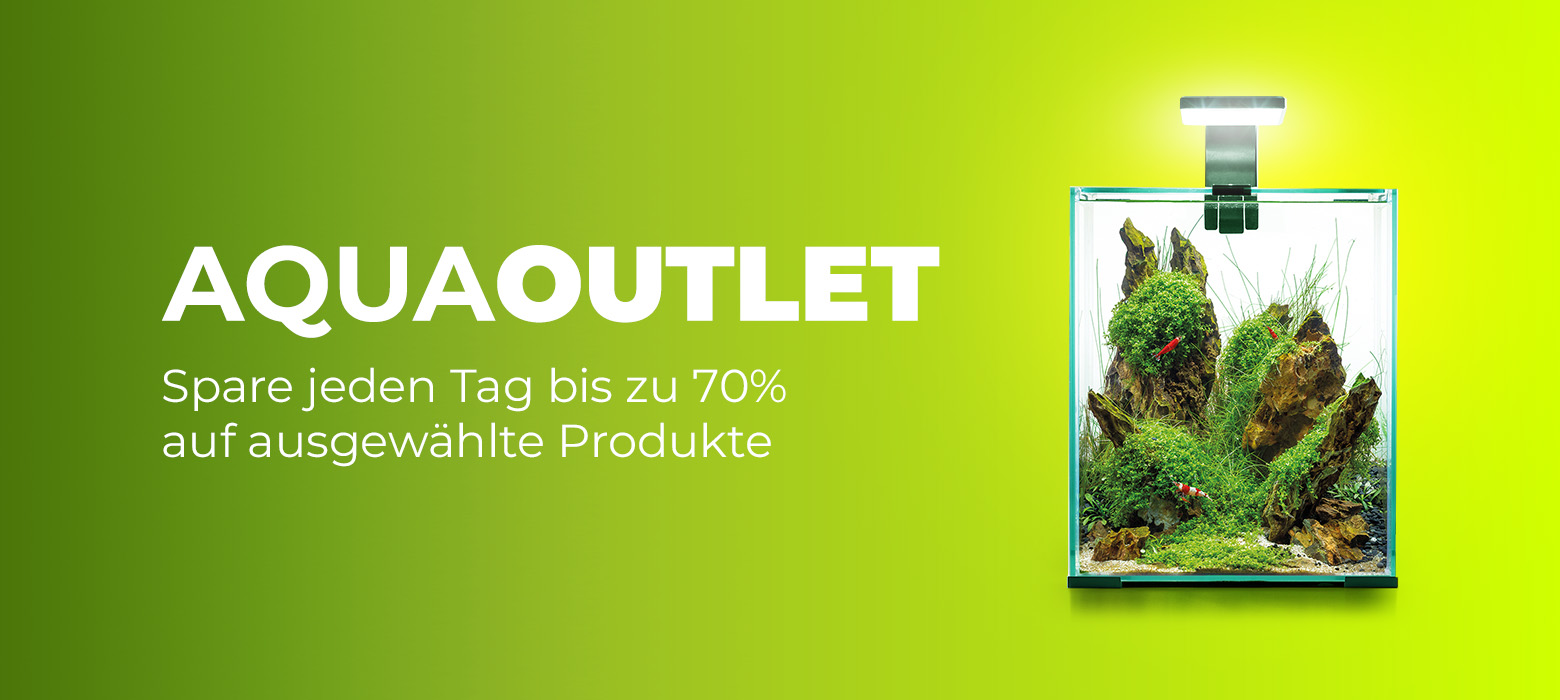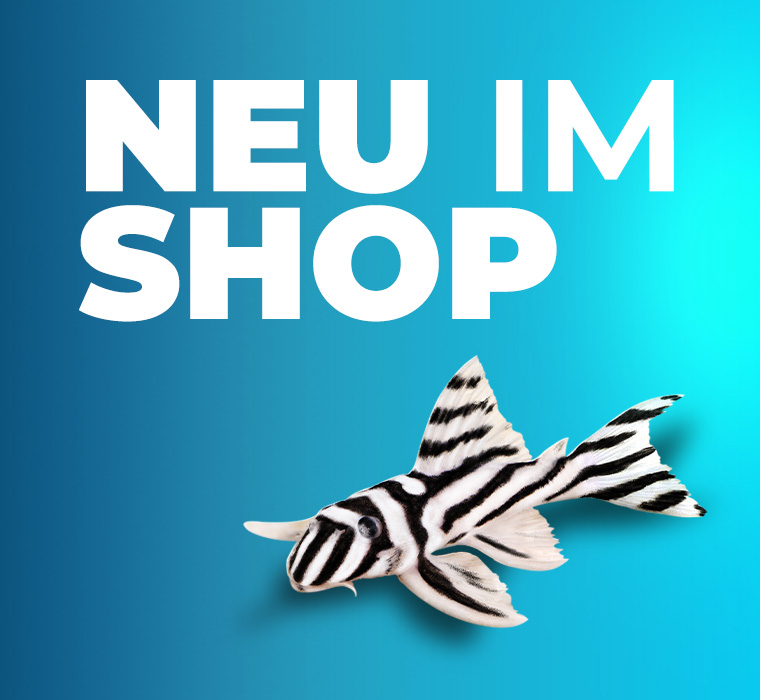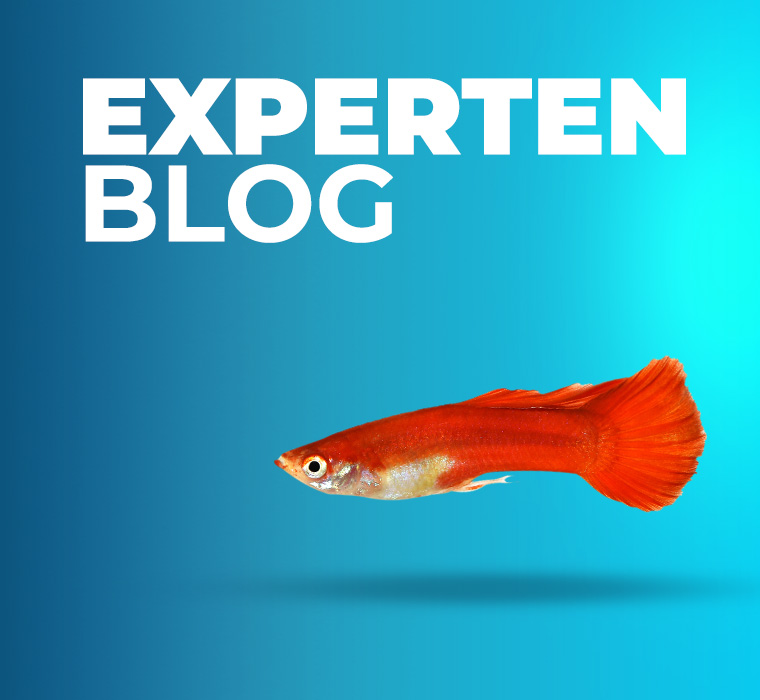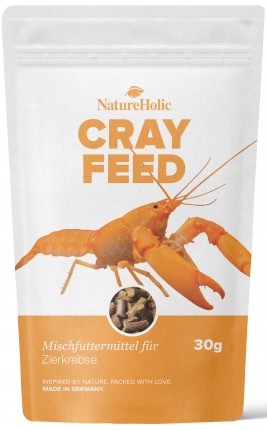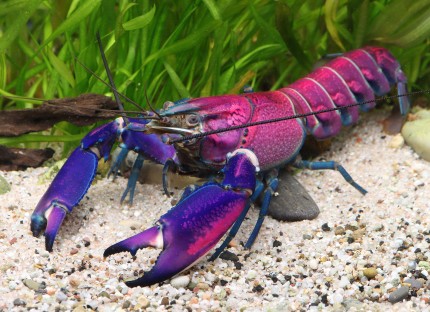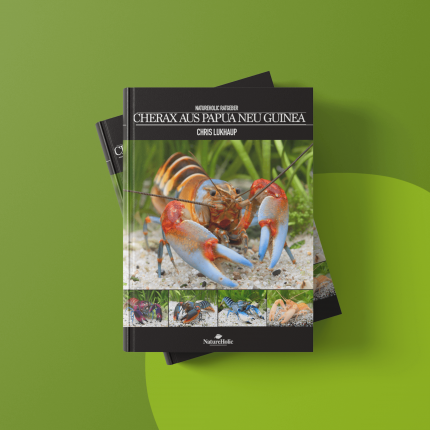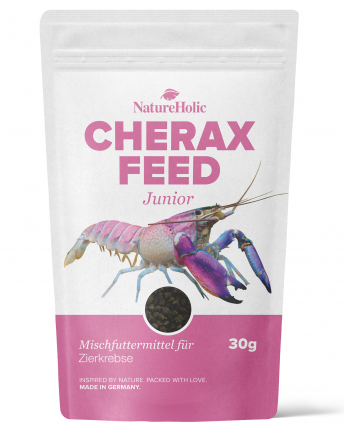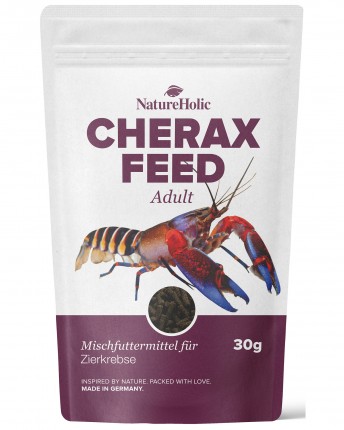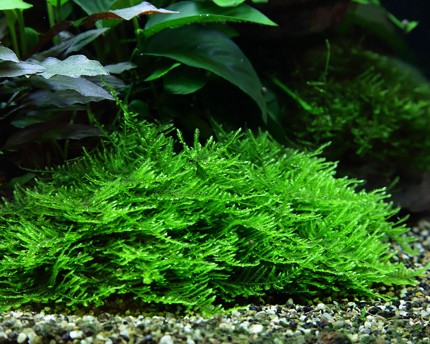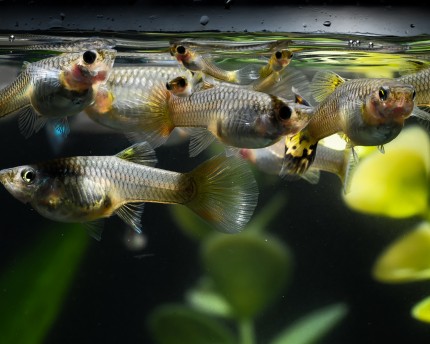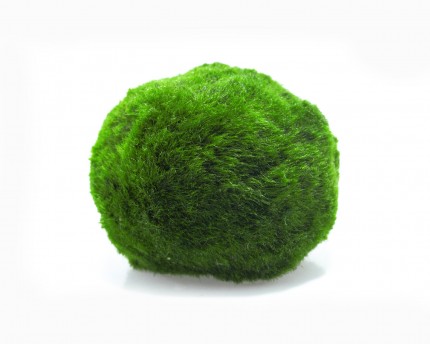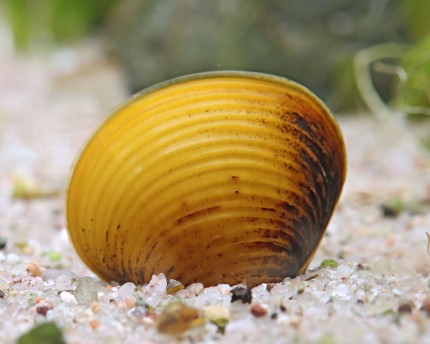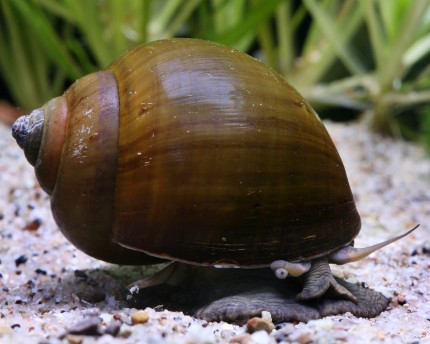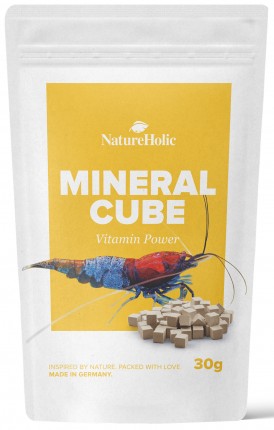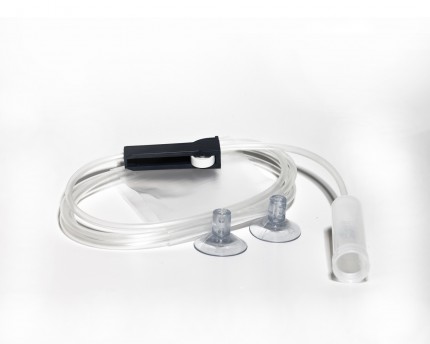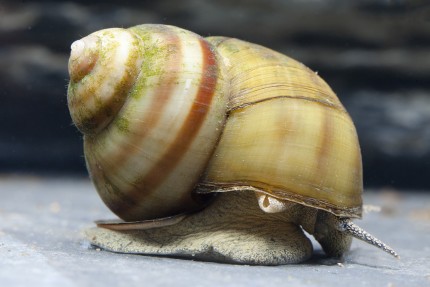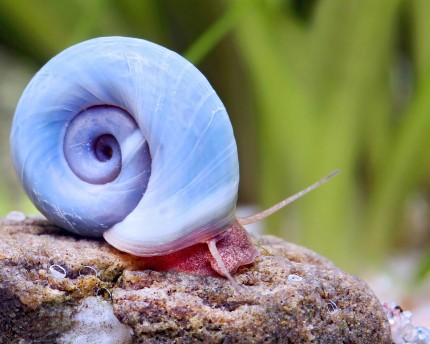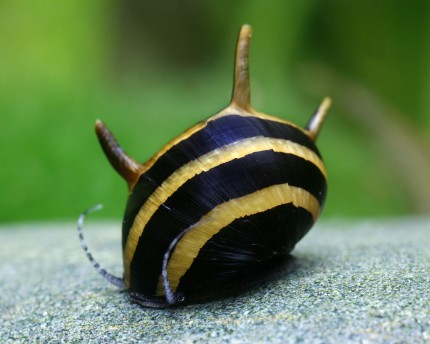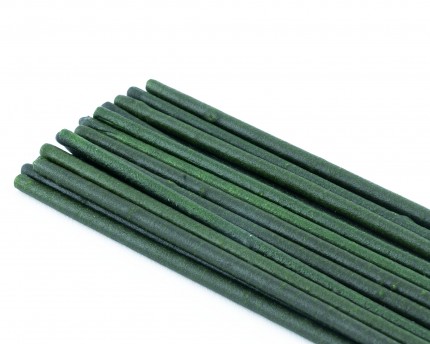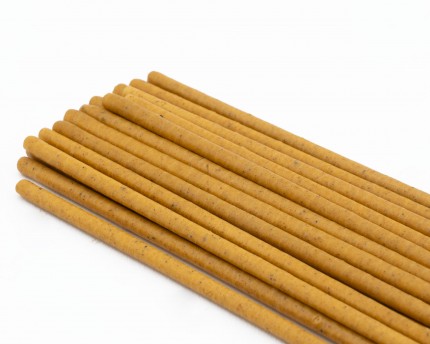- Item no: 11185
Fast delivery times
All products are in stock with us!14 years of breeding experience
Let our team of experts advise you!High customer satisfaction
from over 3,000 reviews "The Tricolor Papua Crayfish is a more or less tricolor color variation of Cherax boesemani from Papua / Indonesia. With striking blue legs, a rusty brown to orange-red body and purple claws that almost seem to glow from within, this truly beautiful colored crayfish is a fantastic aquarium inhabitant. In its native habitat, Cherax boesemani lives in flowing waters and also in lakes. The Tricolor Papua Crayfish is a site variant of the quite variable colored species.
With a total length of 10 to 12 cm (measured without claws) Boeseman's crayfish is a rather medium-sized crayfish. Sexually mature males have pale claw blisters on the outer sides of the claws and also, like all Cherax species, two gonopores (sexual openings) at the base of the fifth pair of walking legs. Females lack the claw vesicles. They have their pair of gonopores at the origin of the third pair of legs.
Cherax boesemani gets along well with conspecifics and is compatible with aquarium husbandry. The different site varieties should not be mixed to keep the colors nice and pure. For a pair of the Tricolor Cherax we recommend an aquarium with a length of 80 cm or more. The habitat should be well structured, with piled up stones and aquarium roots as well as crab caves, so that the crabs can hide from each other when they need to harden in peace after molting or just want to have their peace for once.
The Tricolor Papua Crab actively digs burrows in the aquarium. The substrate should be high enough for this, and all structural material must be secured from tipping over. To prevent the deco from being undermined, it is best to place it directly on the bottom of the aquarium, on a Styrofoam plate if necessary. Soft-leaved plants may be eaten, but basically Cherax boesemani Tricolor does not garden intensively. Plant species with rather hard leaves (like congo fern, java fern or anubias) and fast growing plants (waterweed, nixwort, hornwort) are a good choice for your crayfish tank. Make sure the aquarium is tightly covered all around (please stuff all recesses with filter floss or similar), Tricolor Papua crayfish like to explore and are excellent climbers.
Young Cherax boesemani Tricolor are omnivores. They need not only vegetable but also animal parts in their food: our special crayfish food (Natureholic Krebsfeed), frozen food and Natureholic Proteinfeed are well suited to supply the growing crayfish with the necessary protein. With increasing age the Tricolor crayfish change predominantly to vegetarians. Then they eat mainly green food, vegetables, brown autumn leaves (as permanent food to remain in the aquarium) and the like. A diet too rich in protein for adult Papuan cherax can lead to severe molting problems and even premature death!
The Tricolor Papuan Crayfish Cherax boesemani is a crepuscular or even partly nocturnal crayfish. After a period of acclimation it can be observed in the aquarium also during the day, mainly when feeding. Socialization with peaceful, more surface oriented fish can work. Sick and dead fish are eaten in any case, snails and mussels they crack. Dwarf shrimps, on the other hand, usually have nothing to fear from Cherax boesemani tricolor. A socialization with other crayfish species, with fan shrimps or even with large arm shrimps is always to the detriment of the animals!
Cherax boesemani Tricolor should never come in contact with American crayfish directly or indirectly via water. They can transmit the pathogen of the crayfish plague, which Cherax are helplessly exposed to and which is basically fatal for them.
Cherax boesemani needs soft to medium hard water with a high oxygen content (GH over 6, pH between 6 and 7.5) and aquarium temperatures between 20 and 28 °C in the aquarium.
Cherax boesemani is quite easy to breed. The female Tricolor Papua crayfish attaches between 40 and 80 eggs under her abdomen to her swimming legs and nurses them until hatching. After seven to nine weeks, the tiny baby crabs hatch and are carried by their mother for a while before becoming independent. A thick layer of brown autumn leaves serves as initial food and hiding place for the crayfish and increases their chances of survival. They are sometimes very cannibalistic among themselves and therefore need many size-adapted hiding places. The young animals of the Tricolor Papua Crab do not grow very fast.
Our food recommendation: Freshwater crayfish have a very varied diet in the wild. The Natureholic Crab Feed Sticks contain in a biologically balanced form only those ingredients that these crayfish in this or similar form to their natural food spectrum. This naturally supports and promotes moulting, growth and reproduction. Due to their protein content they are ideally suited for omnivorous crayfish of the genera Procambarus, Cambarus, Cambarellus, Astacus and the Cherax crayfish from Australia, which are basically omnivores that like to eat animal as well as vegetable food. The crayfish of the genus Cherax from Papua also like to eat a portion of animal food when they are young, but later they switch mainly to plant food.
Our plant recommendation: Use for planting NatureHolic InVitros. These are free of snails, planaria and other unwanted co-inhabitants. Also free of algae spores, bacteria and fungi.
Expert Tip: We recommend for fish keeping the NatureHolic 3 Phase Liquid. The care set offers the best all-round protection for your animals. It ensures optimal conditions for successful breeding and keeping.
| Scientific name | Cherax boesemani "Tricolor" Lukhaup &Pekny, 2008 |
| German Name: | Tricolor Papuan Crayfish |
| Difficulty level: | suitable for beginners |
| Origin/Distribution: | Papua/Indonesia |
| Coloration: | variable rusty brown to orange-brown, with blue, purple, violet to orange claws and bright blue legs, males with a pale claw blister |
| Age expectancy | 2 to 5 years |
| Water parameters: | GH from 6, KH to 8, pH 6 to 7.5, temperature 20 to 28 °C |
| Tank size: | from 80 l for a pair, but we recommend a size of at least 112 l for successful breeding |
| Food | brown autumn leaves, Natureholic crayfish feed, frozen food, vegetables, green food (spinach, nettle), protein food |
| Propagation | not difficult, after seven to nine weeks 40 to 80 young crayfish hatch |
| Behavior | compatible |
| Socialization | with shrimps, possibly with peaceful medium sized fishes |
| Further information | Sex differences crayfish, shrimp, crayfish, snails & mussels feed properly, Cherax aquarium crayfish - keeping in the aquarium |
- Item no: 11185
- EAN No.: 0764137668686
Entdecke die Garnelio Welt!
Garnelio gehört zu den größten Onlineshops für wirbellose Aquarientiere weltweit.
Viele Artikel gibt es exklusiv nur bei uns im Shop.

